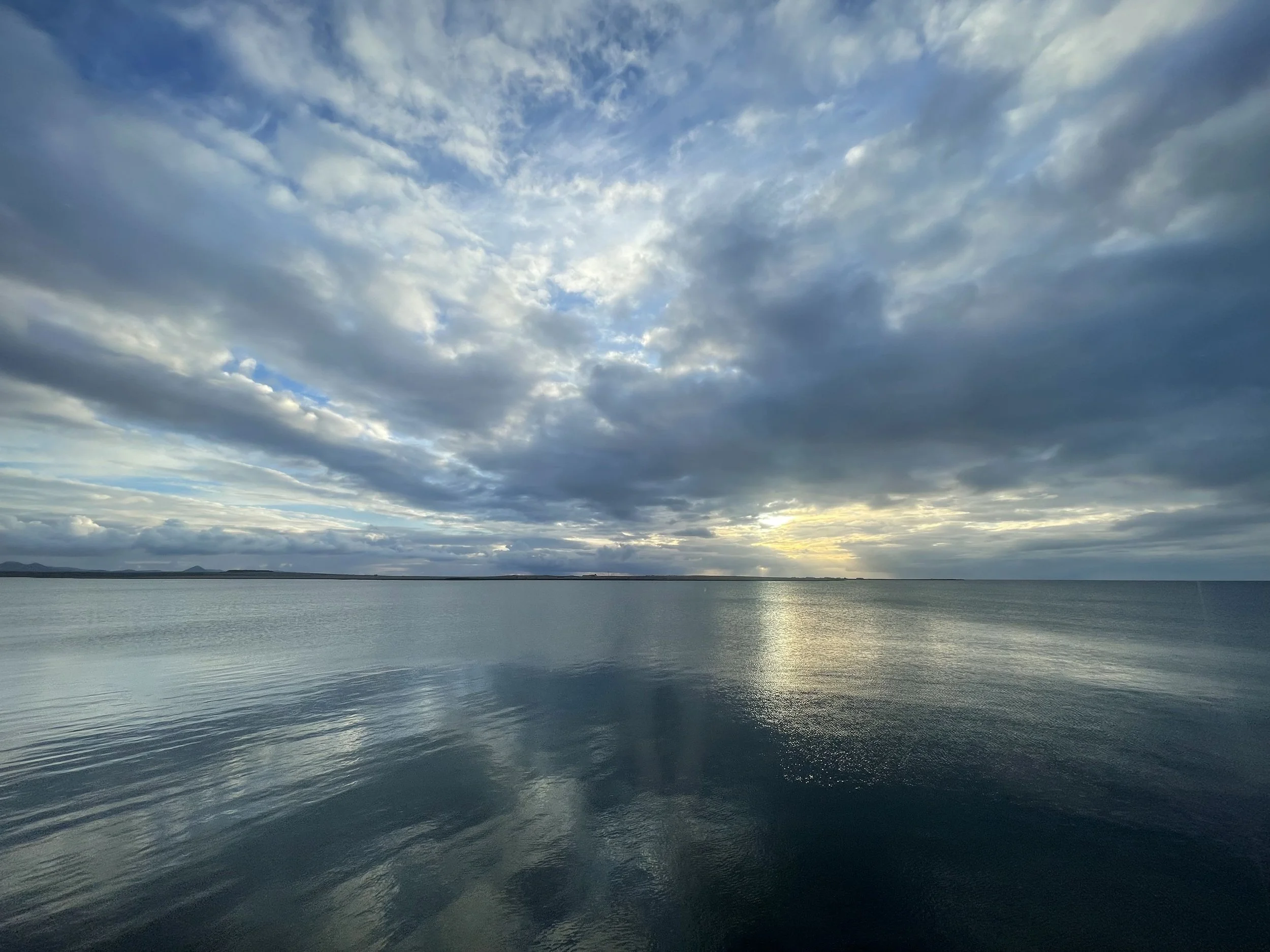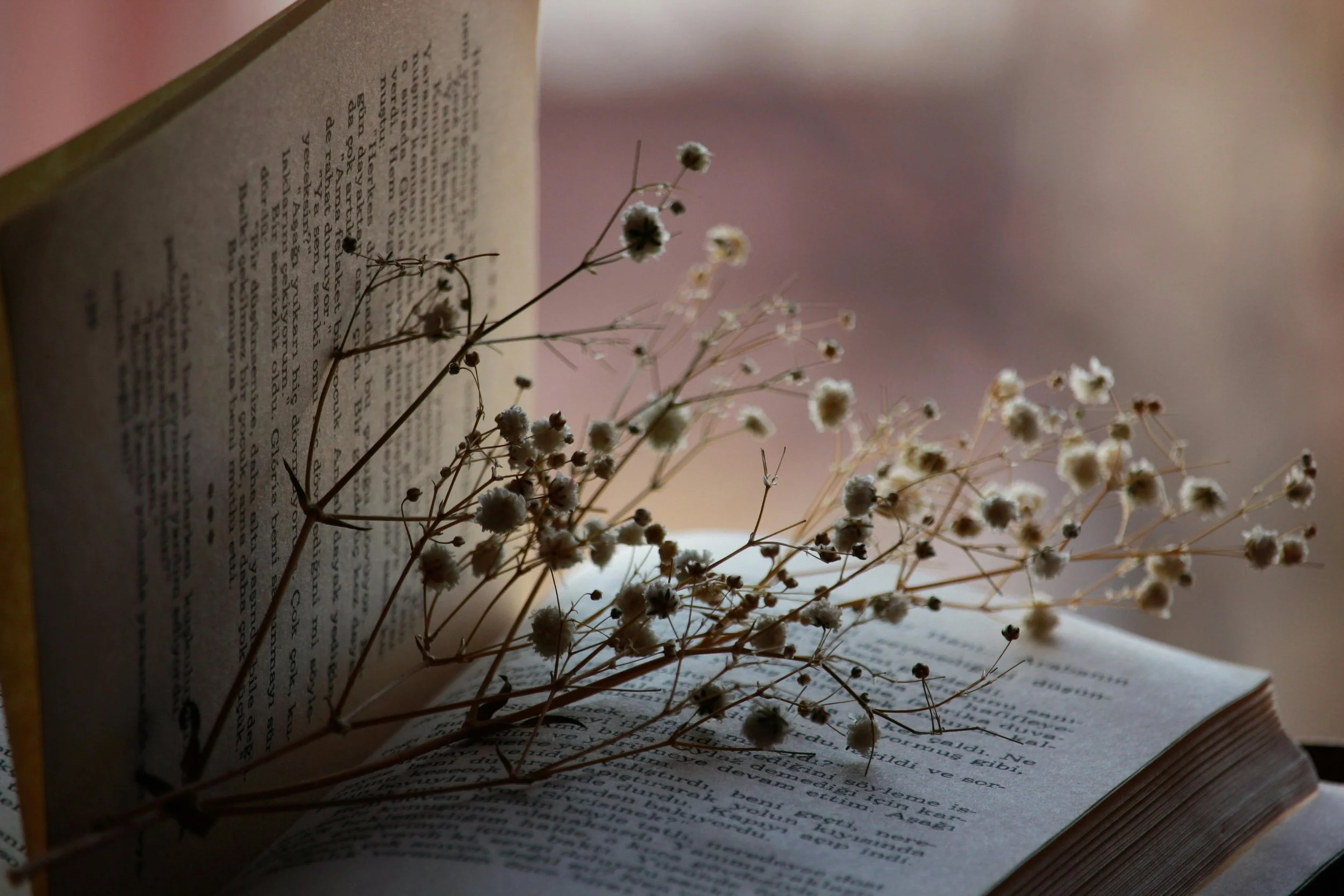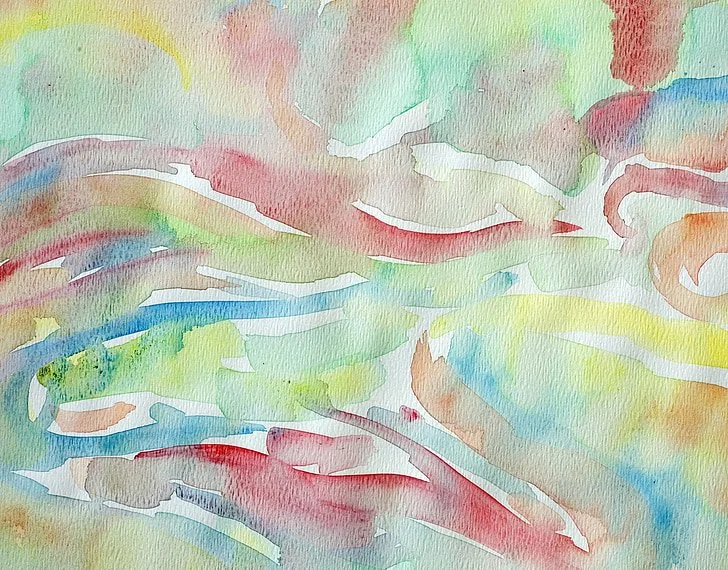Live the Promise: HIV and AIDS Campaign
Leaders from five world religions gathered in Toronto, Canada, are encouraging their peers to deepen their engagement and action on HIV by addressing the difficult issues raised by the pandemic in dialogue with people living with HIV.
Woman Leaders Hold Interfaith Forum at UST
KidSpirit – Youth Model the Spirit of Pluralism
New Journal on Religion and Contemporary Life
Telling Stories of Muslims and Christians in Syria
When Dialogue is Not Enough
“I’ll Have a Dark Roast Mocha Latte with Social Values to Go”
Unique Clergy Network Empowers Religion Sector
Here’s the challenge.
-
Engage all of the 440 clergy serving a northern California region of just under a million people.
Should People of Different Faiths Pray Together?
This question has become increasingly important with the growing interaction between members of the world religions at all levels of society. Still quite a new issue in the Western world, few churches have given it much attention. In most cases, practice is well in advance of thinking about interfaith worship. I write as a Christian, mainly from a British context, and it will be good to hear from other standpoints.
The People Who Write for TIO
The Fiery Force that Sparkles in Everything
What is the positive core at the heart of who I am? My response: “You are I, recognizing the fiery force that sparkles in everything.”
Declaration of Indigenous Peoples at Durban Climate Change Talks
Dear Friends,
Greetings of peace and blessing from URI Africa.
Indigenous people participating in the Conference of Parties (COP17) of the United Nations Framework Convention on Climate Change in Durban , South Africa from November 28 to December 9, 2011 have released the following Declaration demanding that their rights be respected, protected and fulfilled.
In peace,
Mussie Hailu
United Religions Initiative Conference in Mogadishu on Resolving Religiously Motivated Violence
“Meaning” Brings Everyone to the Table
Ice-breakers, Dancing, and Meaning Making
State of Formation Weighs in on Meaning
State of Formation (SoF), which publishes a weekly newsletter, is a forum for emerging religious and ethical leaders. SoF draws from more than 100 young adult writers representing all sorts of religious, spiritual, philosophic backgrounds. Founded by the Journal of Inter-Religious Dialogue, it is run in partnership with Hebrew College and Andover Newton Theological School, in collaboration with the Parliament of the World’s Religions.







